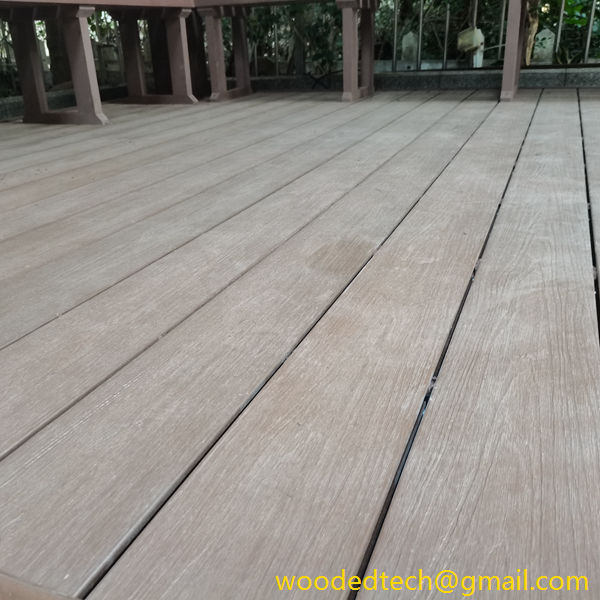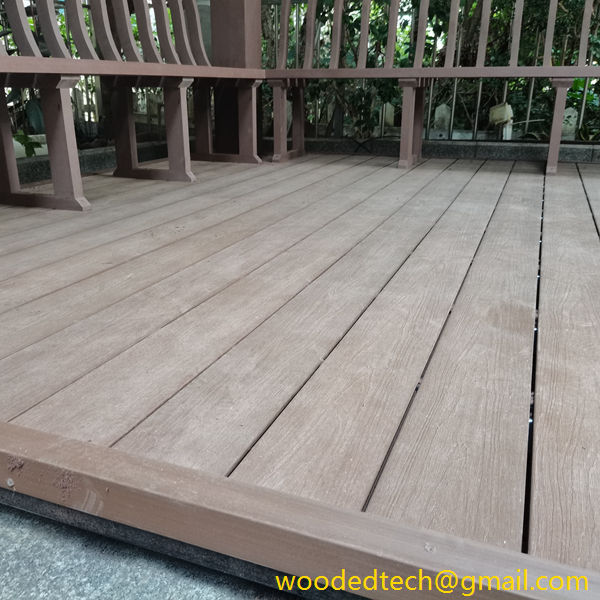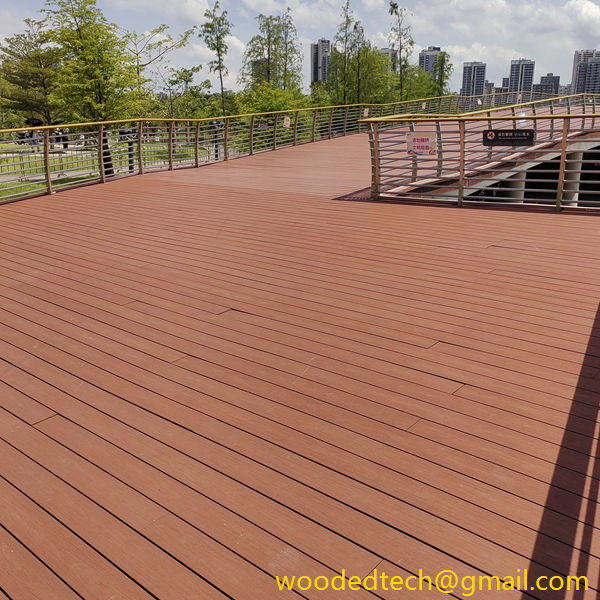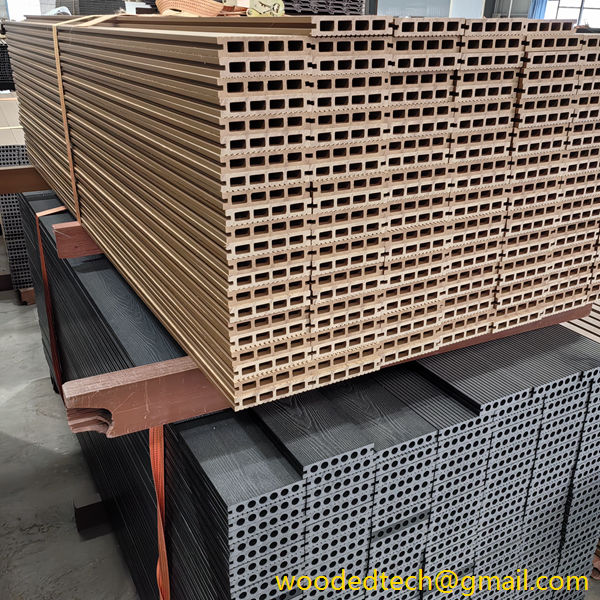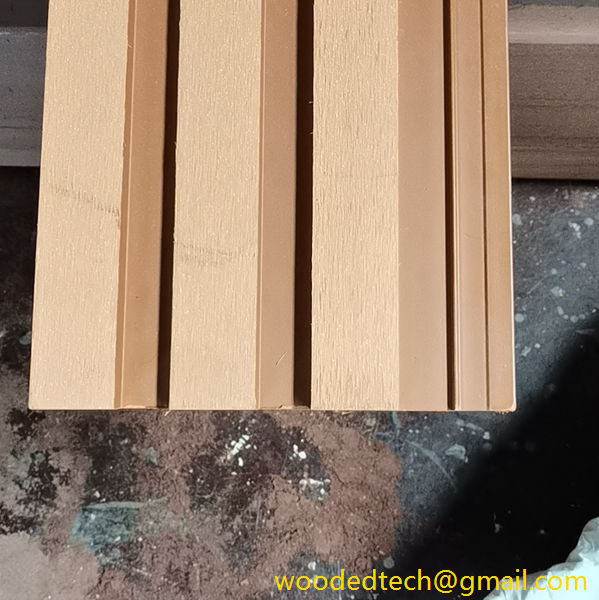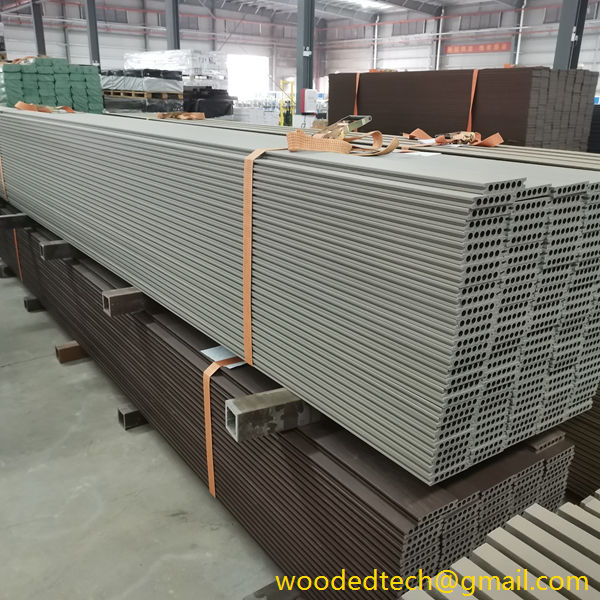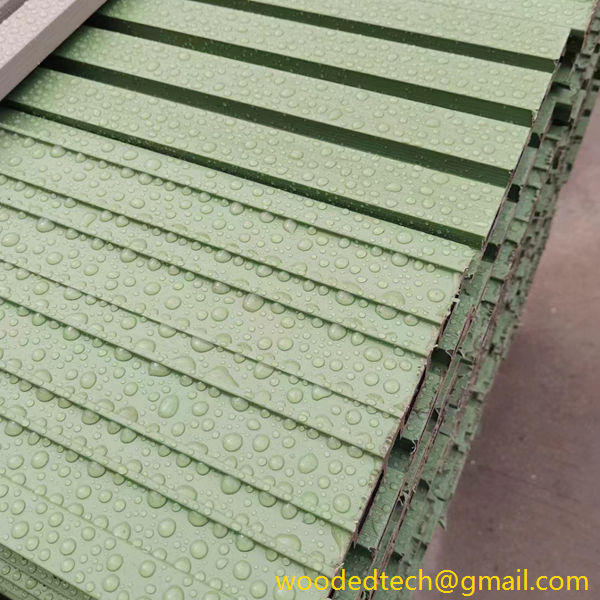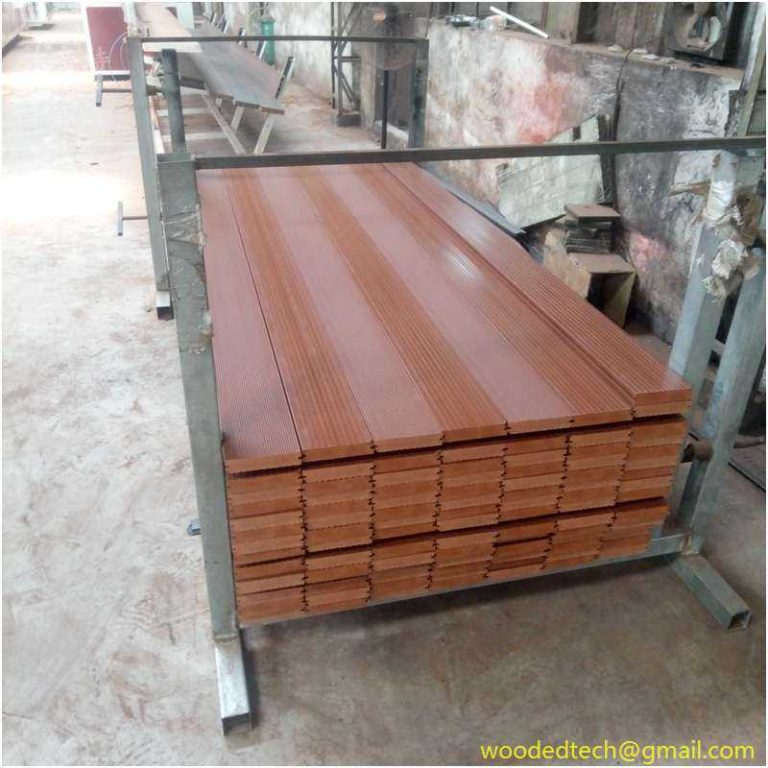Minimice los problemas con un diseño adecuado de los huecos de los compuestos del entarimado para una mayor longevidad
Minimice los problemas con un diseño adecuado del entarimado Huecos de material compuesto para una mayor longevidad A la hora de diseñar y construir espacios exteriores, uno de los elementos clave a tener en cuenta es el material del entarimado. El entarimado no sólo realza el atractivo estético de las zonas exteriores, sino que también tiene fines prácticos, como proporcionar una superficie segura y duradera para...
Minimice los problemas con un diseño adecuado de los huecos de los compuestos del entarimado para una mayor longevidad
When it comes to designing and constructing outdoor spaces, one of the key elements to consider is the decking material. Decking not only enhances the aesthetic appeal of outdoor areas but also serves practical purposes, such as providing a safe and durable surface for various activities. Among the various materials available for decking, composite materials have gained popularity due to their versatility and low maintenance requirements. However, to ensure the longevity of composite decking, it is crucial to minimize issues related to properly designed gaps.
Composite decking is made from a combination of wood fibers and plastic materials, which results in a product that is resistant to decay, insects, and fading. This makes it an ideal choice for outdoor environments, where traditional wood decking may suffer from rot and splintering over time. However, despite the advantages of composite materials, one of the critical factors that can affect their durability is the presence of gaps between decking boards. These gaps are essential for allowing water drainage, air circulation, and expansion and contraction due to temperature changes. However, if not designed or maintained properly, they can lead to problems that compromise the integrity of the deck.
One of the primary issues that can arise from improperly designed composite gaps is water accumulation. Without adequate spacing between the boards, water can become trapped, leading to mold, mildew, and staining. This not only detracts from the deck’s appearance but can also affect its structural integrity over time. To prevent such issues, it is essential to follow the manufacturer’s guidelines regarding spacing. Typically, a gap of about one-eighth to one-quarter inch is recommended to ensure proper drainage while accommodating the natural expansion of the material.
In addition to water accumulation, another concern related to composite gaps is the growth of vegetation. When gaps are too wide or improperly placed, they can become a breeding ground for weeds and grass. This not only creates an unsightly appearance but can also lead to further damage as roots seek to penetrate the surface beneath the decking. Regular maintenance and monitoring of the gaps can help prevent this issue. Furthermore, using a weed barrier fabric beneath the deck can also minimize the chances of unwanted vegetation growth.
Temperature fluctuations can also impact the performance of composite decking. Composite materials expand and contract with temperature changes, and if gaps are not designed appropriately, this can lead to buckling or warping. A well-designed gap allows for this natural movement, reducing the risk of damage. It is essential to account for local climate conditions when designing decking gaps. In areas with extreme temperature variations, wider gaps may be necessary to accommodate the increased movement.
Proper installation is another critical factor in minimizing issues with composite gaps. It is advisable to hire professionals who have experience with composite decking installation. They will understand the importance of spacing, as well as the techniques needed to ensure that the deck remains stable and durable over time. Properly installed decking will also reduce the chances of gaps becoming too wide or too narrow, which can lead to further complications.
Routine maintenance is vital for ensuring the longevity of composite decking and its gaps. Regular cleaning can help prevent the accumulation of debris, which can block drainage and lead to water pooling. Additionally, inspecting the gaps periodically for signs of damage or wear can help identify potential issues before they become significant problems. If gaps begin to widen or narrow excessively, they may require adjustment to restore proper spacing.
Another consideration in the design of composite decking gaps is the choice of fasteners. Using the right fasteners can help maintain the integrity of the gaps while ensuring a secure installation. Hidden fasteners, for example, can provide a clean look while allowing for adequate spacing. These fasteners are designed to hold the boards in place without being visible, providing a seamless appearance and reducing the likelihood of tripping hazards.
The aesthetic appeal of a deck can also be influenced by the design of composite gaps. Well-placed and properly sized gaps can create a balanced look, enhancing the overall design of the outdoor space. Homeowners should consider how the spacing between boards fits into the larger design vision for their outdoor area. A thoughtful approach to gap design can result in a deck that is not only functional but also visually pleasing.
In conclusion, while composite decking offers numerous advantages for outdoor spaces, careful consideration of the design and maintenance of composite gaps is essential for ensuring longevity. Properly designed gaps allow for adequate drainage, air circulation, and accommodate natural expansion and contraction, reducing the risk of damage over time. By following manufacturer guidelines, conducting regular maintenance, and considering professional installation, homeowners can enjoy their composite decks for years to come. The right approach to composite gaps can enhance both the functionality and aesthetic appeal of outdoor spaces, creating a beautiful and durable place for relaxation and entertainment.

